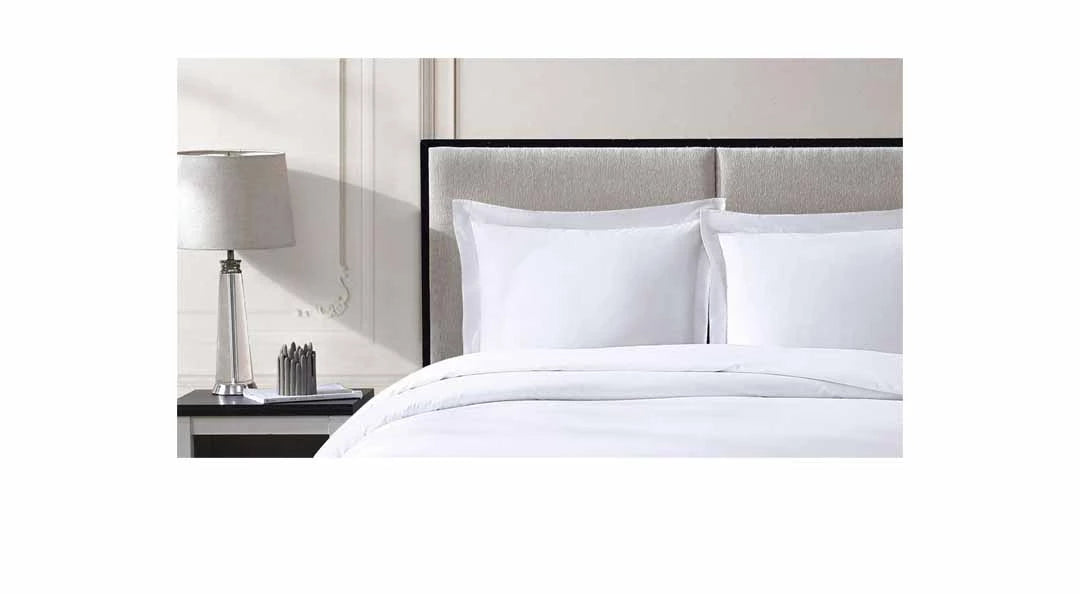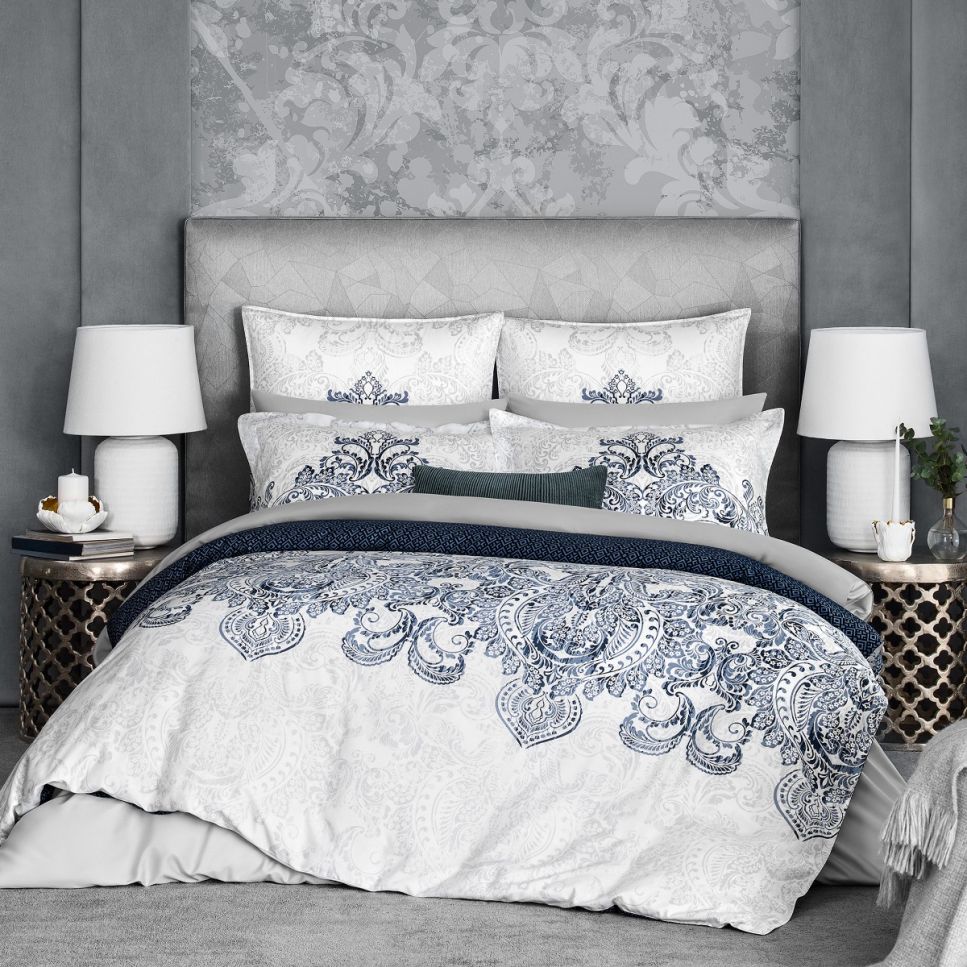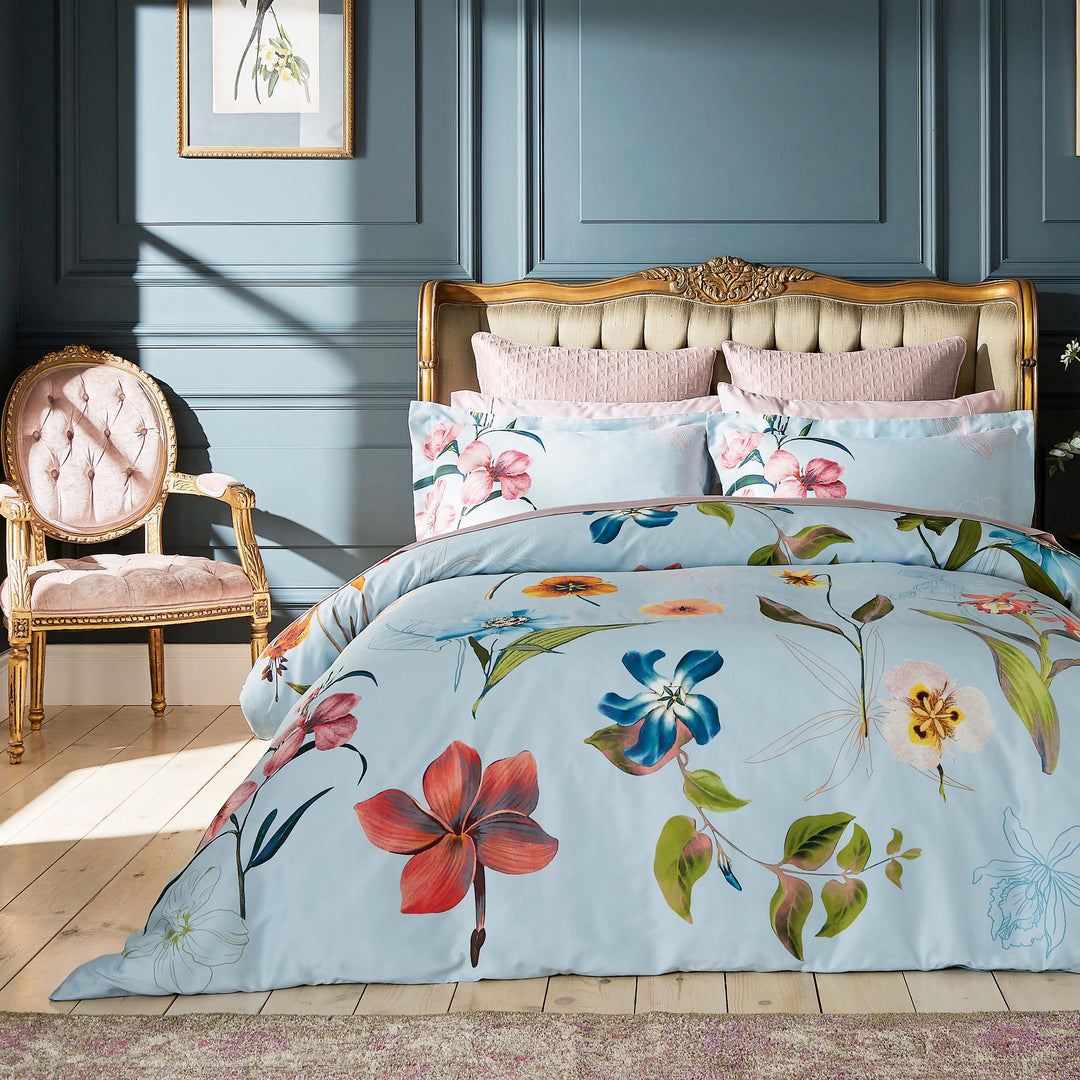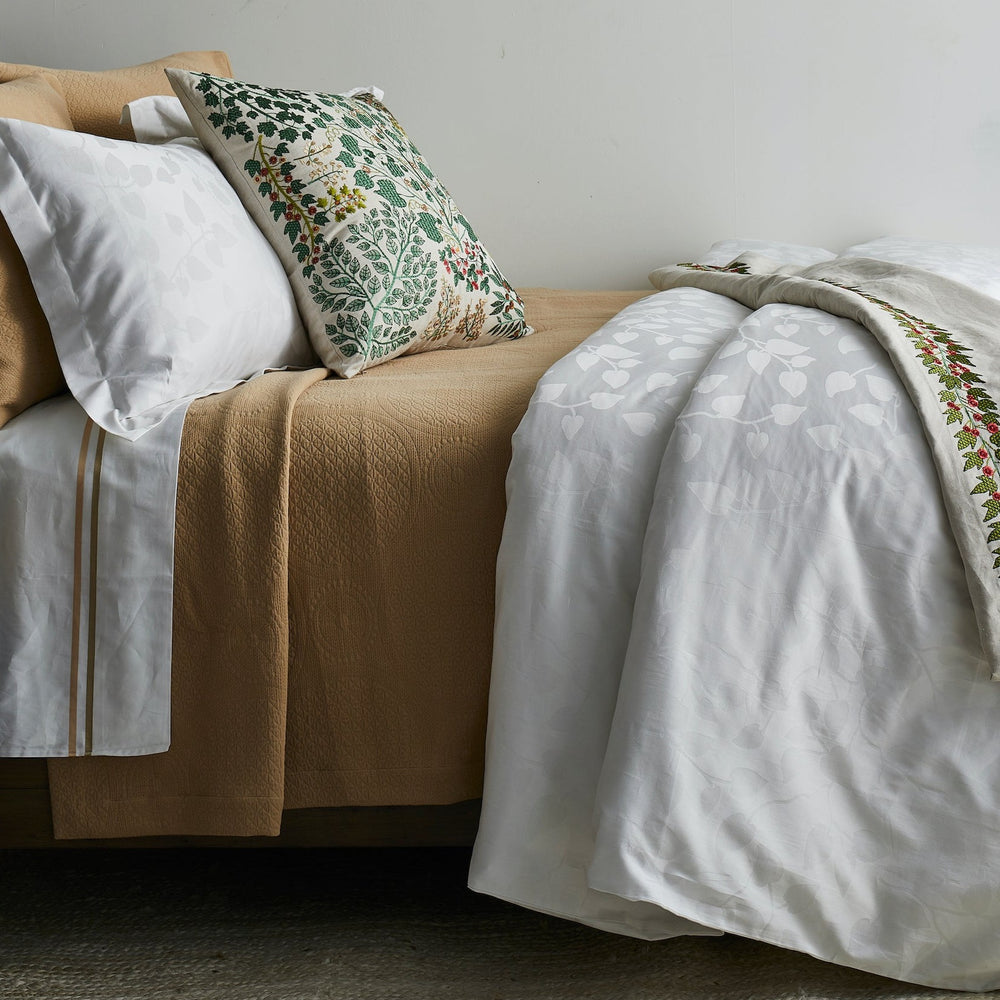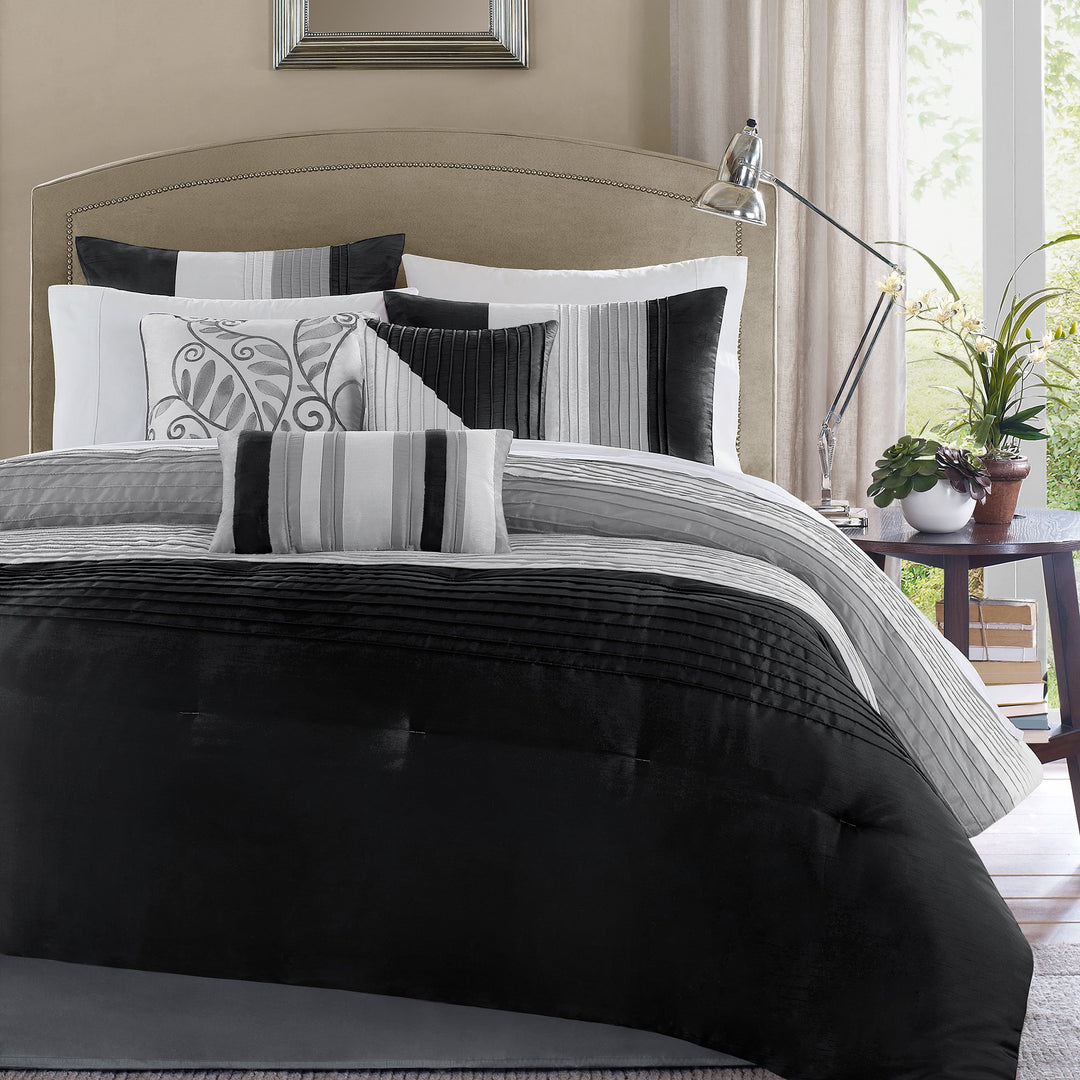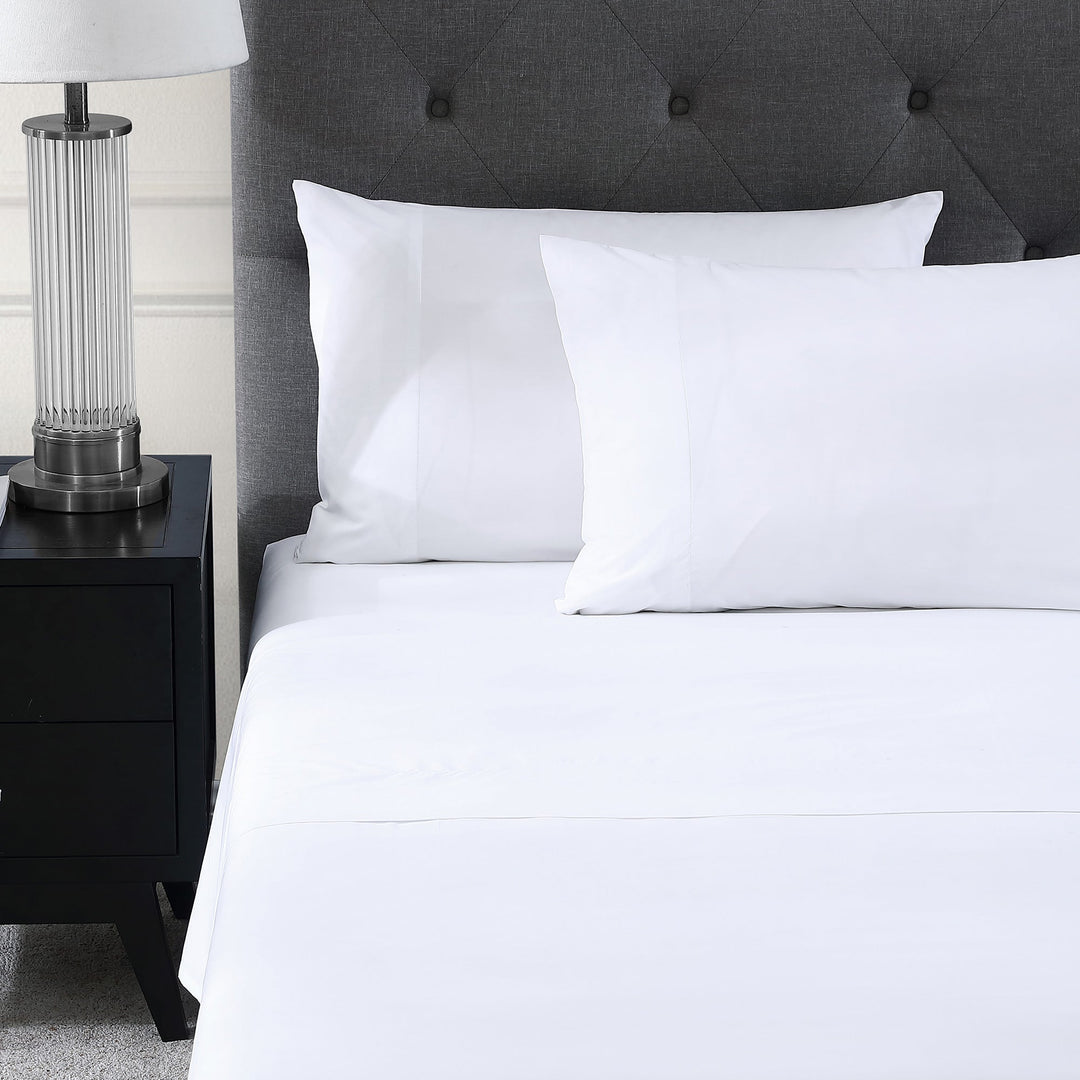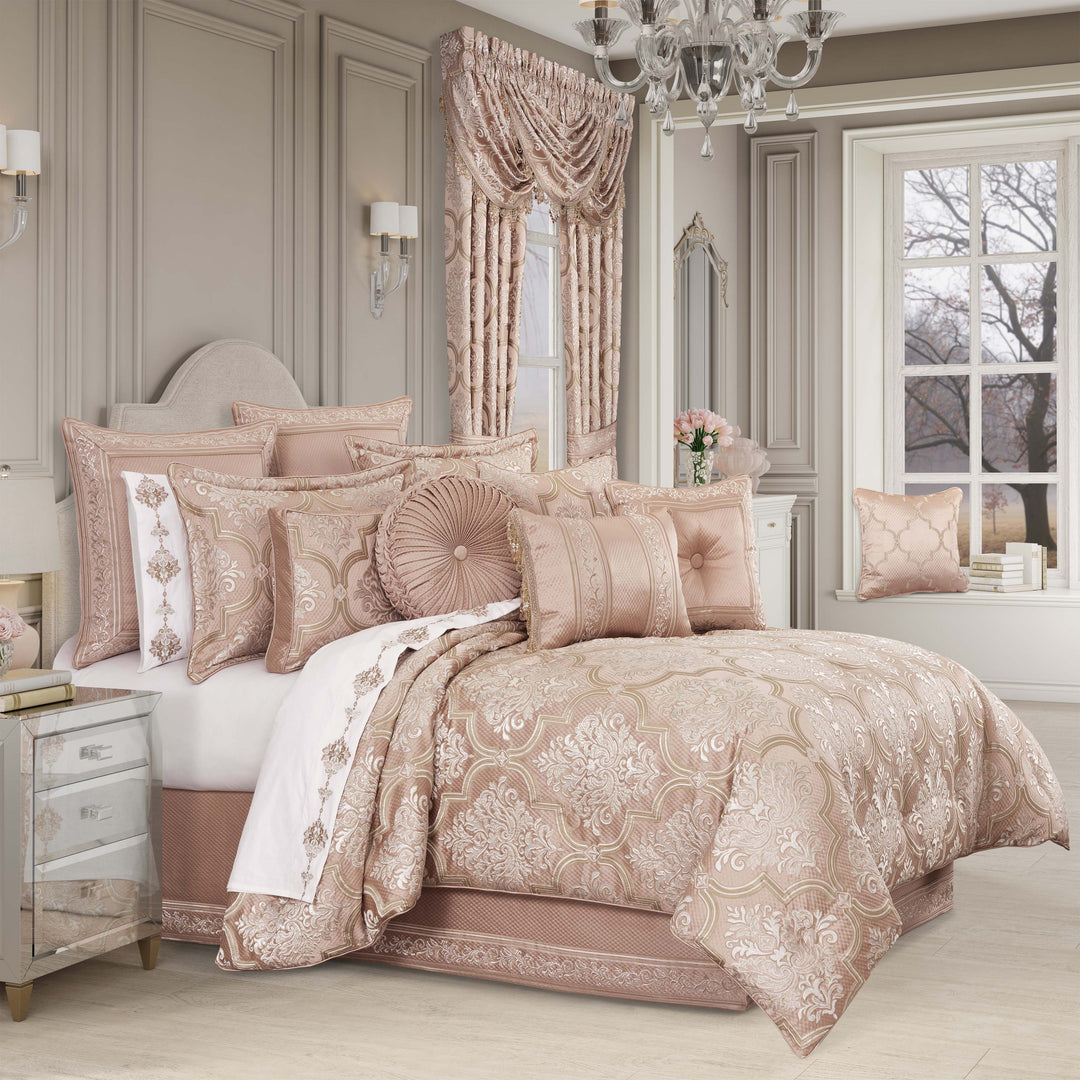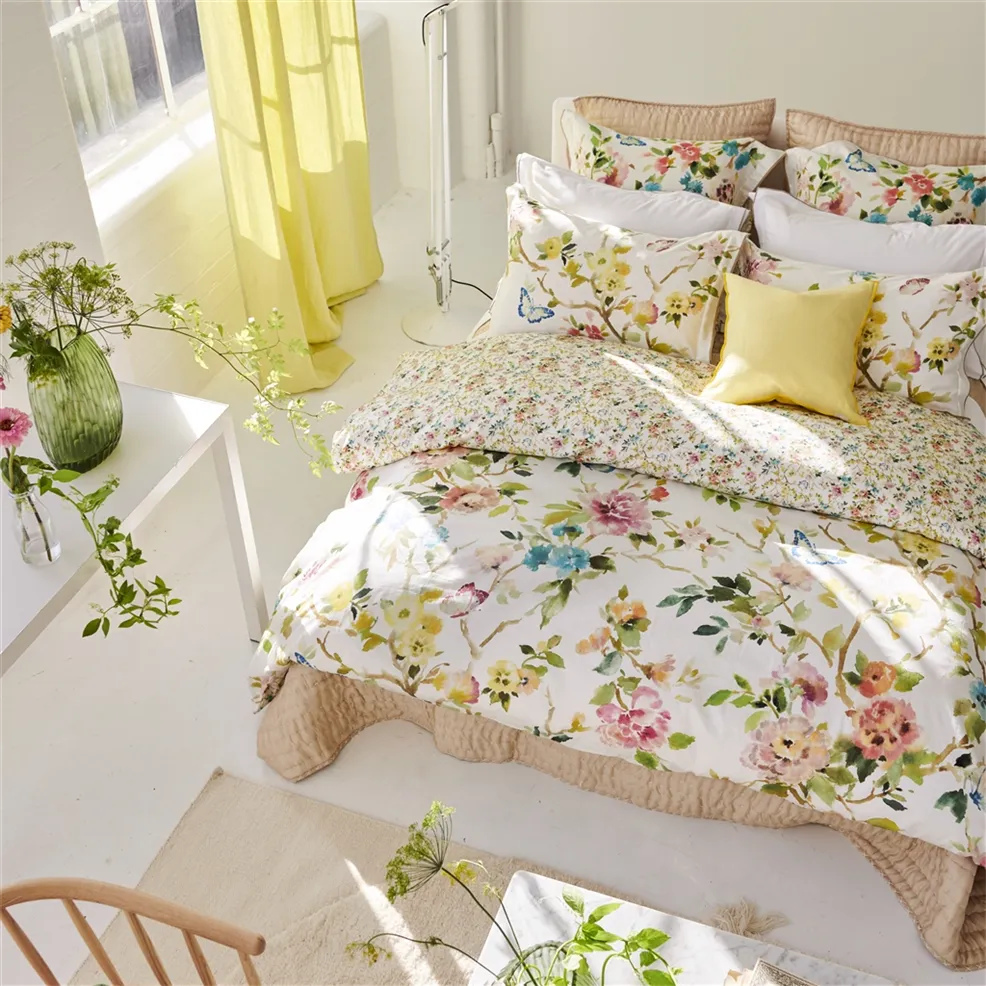What is a Duvet Cover? - Benefits, Types & Shopping Guide
A duvet cover is a protective covering for a duvet, also known as a comforter or a quilt. It is a removable and washable cover that is designed to keep the duvet clean and protected, while also providing an extra layer of insulation and warmth. Although duvets and duvet covers have their origins in Europe, their popularity is on the rise in the United States. If you are contemplating adding a duvet to your bedding collection, it's worth considering using a duvet cover to cover it.
Duvet covers come in a variety of materials, sizes, colors, and designs, and they are essential bedding accessories for any bedroom. They are often used as a decorative element, as they can add color and pattern to a room, and they can also be used to change the look of a bed without having to replace the entire bedding set. Making a decision on what kind of duvet to choose can prove to be challenging. Therefore, we will provide a detailed analysis of duvets and duvet covers to assist you in making an informed decision. Additionally, we will highlight the meaning of duvet, benefits, and how to choose the right one for your needs.
What is a Duvet?
The term "duvet" originates from the French language and means "down" in English. Conventionally, a duvet is stuffed with down, which is the light and soft layer found beneath the feathers of geese or ducks. However, duvets can also be filled with other substances like wool, polyester, or down alternatives. Fundamentally, a duvet is a cozy, top-layer covering contained in a protective shell and covered by a duvet cover.
A duvet designed for all seasons should provide warmth during cooler weather while also maintaining a cool and comfortable temperature during warmer weather. The fill power of a down duvet is an important factor in determining the desired level of comfort. For a lightweight summer duvet, a fill power of approximately 400 is typically recommended. A fill power of 600 or higher may be the most suitable for colder temperatures, whereas a duvet with a fill power ranging from 400 to 600 can offer comfort to most sleepers throughout the year.
How to choose a duvet cover that is right for you
When shopping for duvet covers, it's important to consider the various styles available on the market. To ensure that you make an informed decision, we suggest keeping the following factors in mind.
Materials
Duvet covers are available in a variety of fabrics, much like other types of bedding. The most popular materials used are cotton, polyester, or a combination of both. Duvet covers crafted from natural fibers have superior breathability compared to synthetic fabrics. Therefore, your chosen duvet cover should match the lightness of your bedding, allowing for proper airflow and ensuring a comfortable, cool sleep all night long.
Thread Count
The thread count of a material indicates the number of threads present in one square inch of the fabric. If a fabric has 100 threads running lengthwise and 100 threads running widthwise, its thread count would be 200. The thread count is typically a measure of the softness and durability of a material, but a greater thread count alone does not guarantee the quality if the threads used are short and of low quality. Our recommendation is to choose a duvet cover crafted from 100 percent long-staple cotton, with a thread count of 300 to 400. For enhanced quality and comfort, opt for a sateen or percale weave construction that is durable.
Maintenance
It is generally safe to launder most duvet covers, particularly those composed of 100 percent cotton, in your household washing machine. Nonetheless, it is advisable to scrutinize the care instruction label meticulously. Covers crafted from silk or other fragile fabrics may necessitate dry cleaning.
Size
In the United States, duvet covers are tailored to fit standard mattress sizes including twin, twin XL, full, queen, king, and California king. However, unlike mattress dimensions, comforter sizes are not standardized. For example, a queen-size mattress measures 60 inches in width and 80 inches in length. To ensure a proper fit for your duvet cover, it's advisable to measure your comforter first, as queen-size comforters can vary in size, ranging from 86 to 88 inches wide and 96 to 100 inches long.
Cost
The cost of a duvet cover can vary depending on a variety of factors such as the size, material, brand, and where you purchase it from. On a basic analysis, you can expect to pay anywhere from around $20 for a basic, simple duvet cover to several hundred dollars for a higher-end, luxury option. The price range for a top-notch duvet typically falls between $50 and $150, with the exact cost contingent on the size of the cover. If the duvet is crafted from premium materials like extra-long-staple cotton like Egyptian or Pima, or if it carries organic certifications, it may command a slightly higher price.
Benefits of Duvet Covers
There are several benefits to using a duvet cover, including:
Protection: Duvet covers help to protect your duvet from dirt, dust, and spills, which can prolong its lifespan and keep it looking new for longer.
Easy to Clean: Duvet covers are easy to remove and wash, which makes them a practical and hygienic bedding option.
Versatility: Duvet covers come in a range of colors and designs, which means that you can easily change the look of your bed without having to replace the entire bedding set.
Comfort: Duvet covers can provide an extra layer of insulation and warmth, which can be especially beneficial during colder months.
However, a duvet cover is an essential bedding accessory that can protect your duvet, add color and pattern to your room, and provide an extra layer of warmth and insulation. With proper care and maintenance, a duvet cover can last for years and provide comfort and style to your bedroom. You can give it a trier and order your preferable duvet cover from our store (LatestBedding.com) and get the best bedding materials.
Happy Bedding!!!


